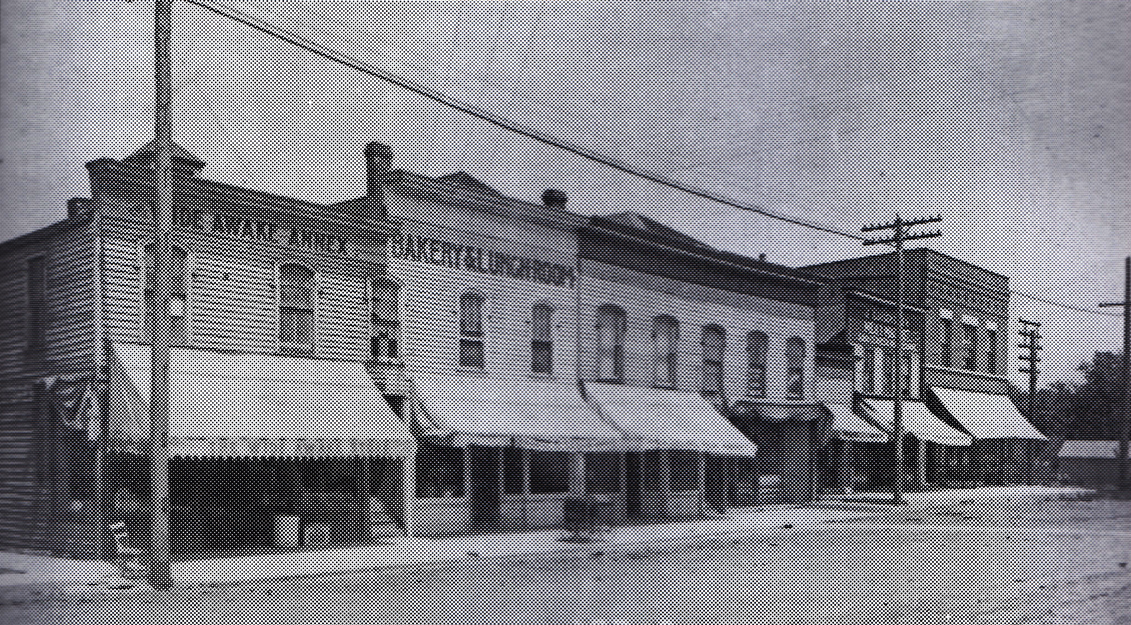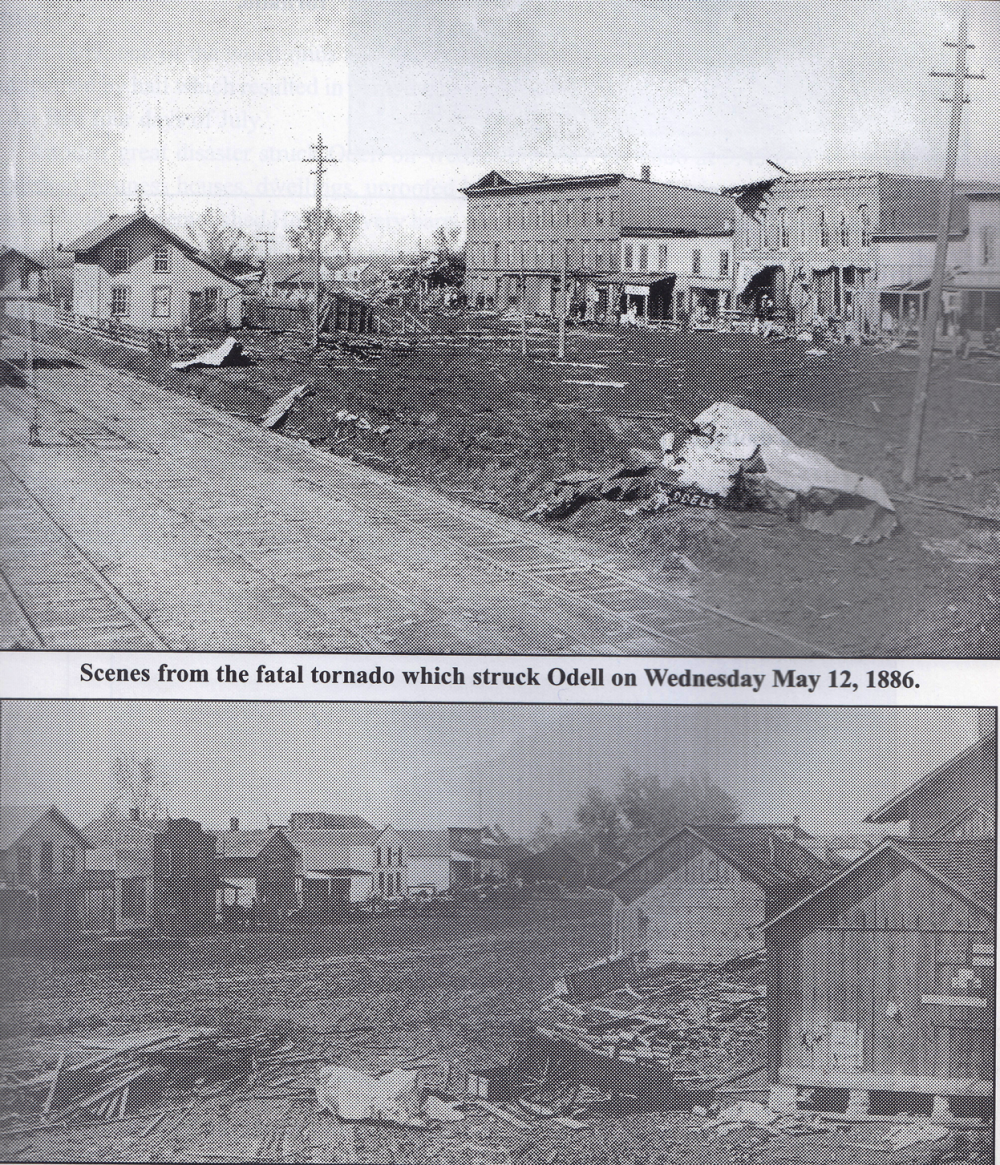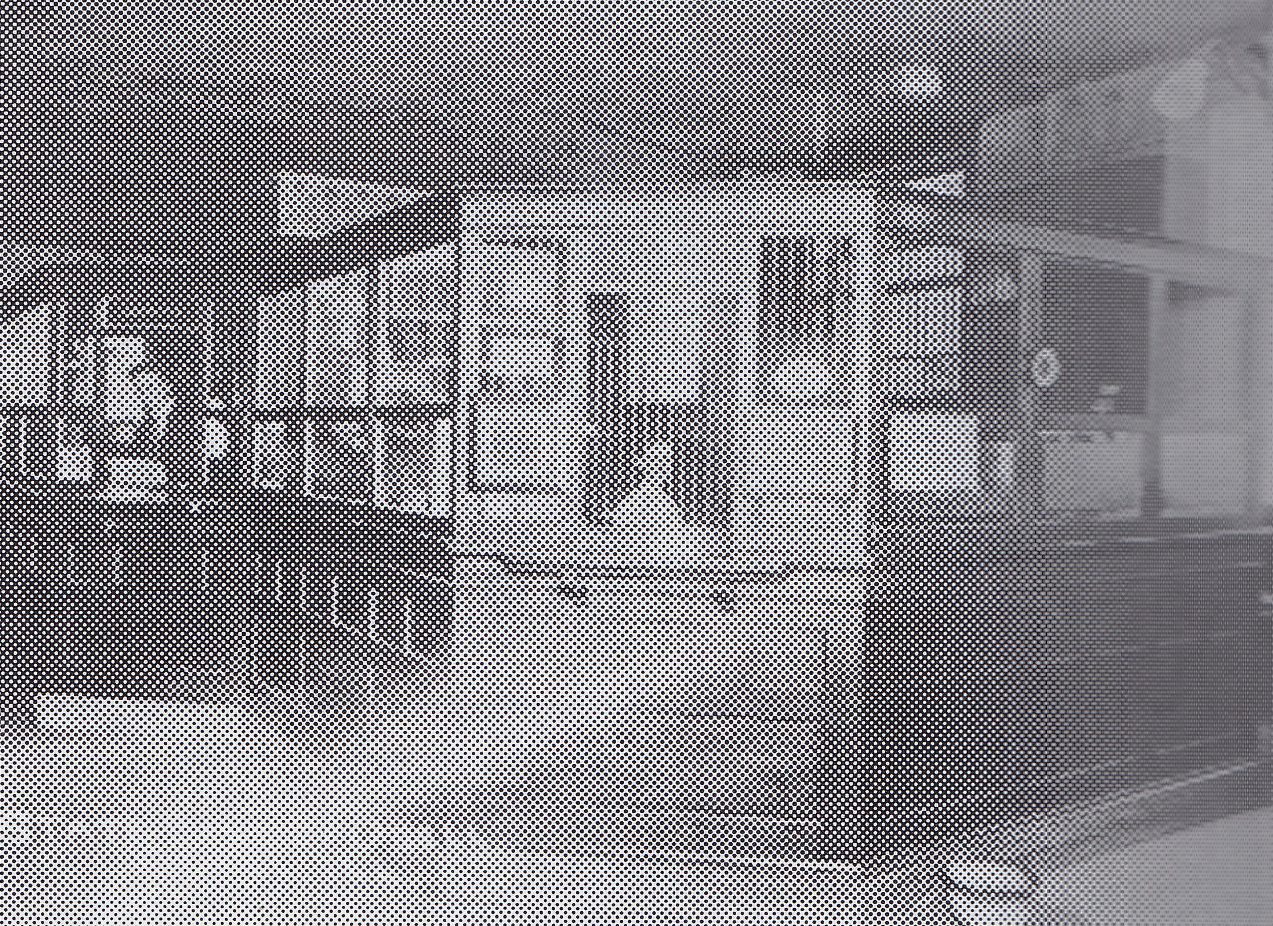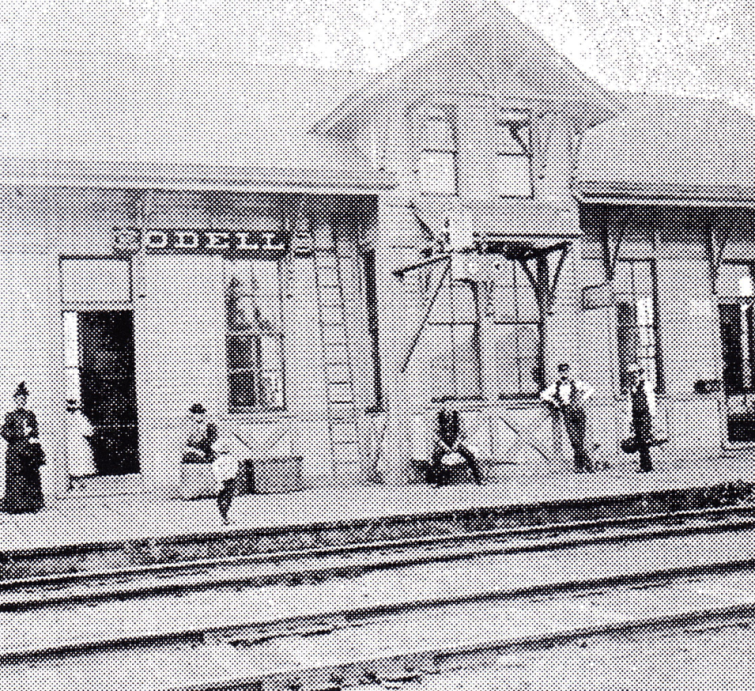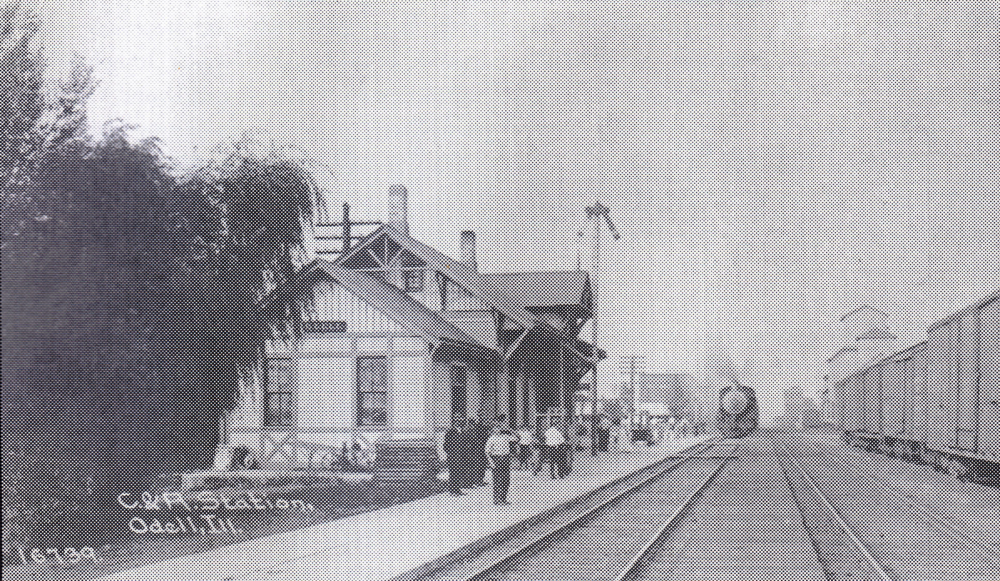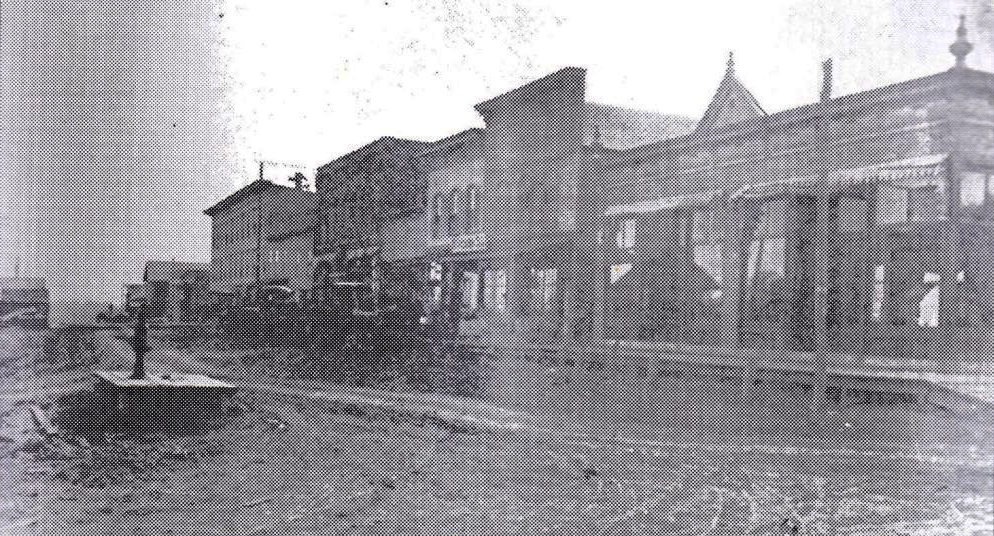The History Of Odell Part one
Back in 1854
Livingston County was referred to outsiders as the “Land of the Frogs”, as it was so marshy and undrained. There were no trees except along the river banks. Those traveling westward all but ignored the area as they sought a more prospercus life. Little did they know that the land they scurried held a secret – it was among the most fertile soil the world would come to know. The Kickapoo Indians had camps in this area when the first white settlers arrived in Livingston County in 1830. Seven years later, the Illinois legislature created Livingston County, carving it out of land formerly in Mclean and Lasalle counties, and, prior to that, Cook and Vermillion. It was named after Edward Livingston, Secretary of State under President Andrew Jackson. Pontiac was selected as the county seat.
Despite the move by the legislature, settlement had come slowly to this area. Aside ftom the challenge of the terrain, the federal land office for all area south of Grundy County was located in Danville. Many early settlers opted to stay on the Chicago side of the boundary, sparing themselves the long journey to Danville to register their claims. In 1847, the Illinois legislature made a move that would dramatically transform Central Illinois.
The legislature passed and act authorizing the building of a railroad from Alton to Springfield, to be called Alton & Sangamon Railroad. The charter was amended in 1851 to include a line to Bloomington. As previously witnessed in other sections of the United States, construction of a railroad would open the the doors for growth of jobs and commerce. But what about the marshy prairie land? In 1850, William Scully came from Ireland to inspect the Illinois prairies. He walked about Livingston and other Central Illinois counties with his spade sampling the soil. Scully anticipated correctly that the new railroad would pass through this area, and thus give a market outlet for grain.
He went back to Ireland, sold some of his land holdings, borrowed $50,000 from his brother, Thomas Scully, and returned to Illinois in 1852. Here he now bought land in the county, always trying to remain within five miles of the proposed rail-road right- of-way. He sent three of his own men to an engineering school to train them to tile his lands here.
As the prairie value came to be realized, over 12,000 miles of farm tile were laid across fields by Scully and other investors throughout the county, draining into assorted creeks, ditches, streams and rivers. By 1909, that exceeded any other county in the state; any other county of its size in the U.S.; greater than the length of all the railroads in Illinois at that time; and also a number greater than the combined length of the three greatest rivers in the worlds; the Nile, the Amazon and the Mississippi. The state legislature granted a charter in 1851 for the building of what was known as the Chicago & Mississippi Railroad, extending from Chicago, by way of Joliet, to Bloomington, thus completing a line from Chicago to St. Louis. In 1854, with the exception of a few small and unthrifty villages, there was scarcely a human habitation between Joliet and Bloomington.
Further west, the Illinois River had attracted many immigrants, and the smaller streams, with their belts of timber, had begun to show signs of settlement; but on account of the scarcity of fuel and lumber, none dared or even seemed to think of locating on the prairie. But when the road was completed, these, together with all kinds of conveniences common to the oldest settlements, appeared at once, and there was nothing that money or produce could buy but was immediately furnished. When we reflect that all of these houses, all of the stone, brick and lumber of which they are composed, all of the fences, all of the orchards in their primary state, all of the agricultural and mechanical implements, together with their equivalents in the shape of grain, cattle, hogs, butter, eggs and poultry have been transferred by a single line of road, and remember that this is only a single point out of several hundreds, we begin to realize the extent and importance of this grand scheme. The railroad was finished through this county in 1854, and the first train passed through what was to become Odell on the 4th day of July. The road, in its early years, suffered many reverses and drawbacks; but under its later management, by steady and enduring perseverance and a liberal course toward its patrons thus gaining their hearty cooperation, the line had become the most important and wealthy in the state.
As soon as it was definitely known that a town was to be located here, settlements began immediately to be made, not only with a view of being within the limits of the village, but, also, of opening farms. Indeed, the prospect of the road had been a sufficient incentive to speculation; and the charter had no more than been obtained when crowds of speculators were attracted hither, and within the three years 1852-55, almost all of the land of this township was entered. Scarcely a whole section was taken with a view to improvement, but was entered and held for a rise in the market, which was sure to follow the completion of the railroad. In this the speculators were not mistaken. As the immediate point of attraction for this vicinity was the station, so the first settlements were made, quite naturally, as close to it as circumstances would allow. The land on which the town of Odell has subsequently been built was owned, primarily, by James C. Spencer and Henry A. Gardner. They purchased the land of the Government May 4, 1853.
Spencer owned the north half of the quarter section, and Gardner the south half. Of this, Spencer sold, September 3, 1853, his land to William H. Odell, after whom the town of Odell was named, and who subsequently became one of the joint proprietors of the town. On the 7th of June, 1855, Gardner and Odell exchanged deeds of their undivided half interests in their respective pieces of land, and thus became equal partners in the northwest quarter of Section 10, which embraced all of the original town of Odell. A short time after this, June 26,1855, S.S. Morgan, who has, perhaps, had more to do with the early growth and development of the town and township than any other man, purchased the interest of Odell; and by Morgan, and for him and Henry A. Gardner, the plat of the town was made. The town was surveyed and platted by Thomas F. Norton, Deputy County Surveyor, August 10, 1856, the proprietors having previously conveyed to the Chicago & Mississippi Railroad Company fifty feet on each side of the railroad track, extending through the whole quarter section. Thus was the town firmly fixed, and the attention of emigrants consequently turned to this vicinity. After the surveying and platting of the village, the lots were offered for sale, and many of the best were purchased for $20 to $30 each. The business lots, first sold, almost all went at the former price.
For a year after the switch was located, the only inhabitants of the place were the few employees of the road who attended the station and the water tank and who were engaged in keeping the track in order. Of these, Daniel Smith, from New York, was the first agent; and, as a post office was established about this time, he received the appointment of Postmaster. Smith was the first resident, living in a box car until a house was built. Mr. Morgan, though at the time a resident of Joliet, alternated between that point and this; and when Smith was superseded by J.H. Link (formerly of Canada) as Station Agent, Morgan was appointed, by James Buchanan, as Postmaster. Though Morgan was principal, Link, acting as deputy, had charge of the mails; and he also brought on a few goods and kept them for sale in the station house.


